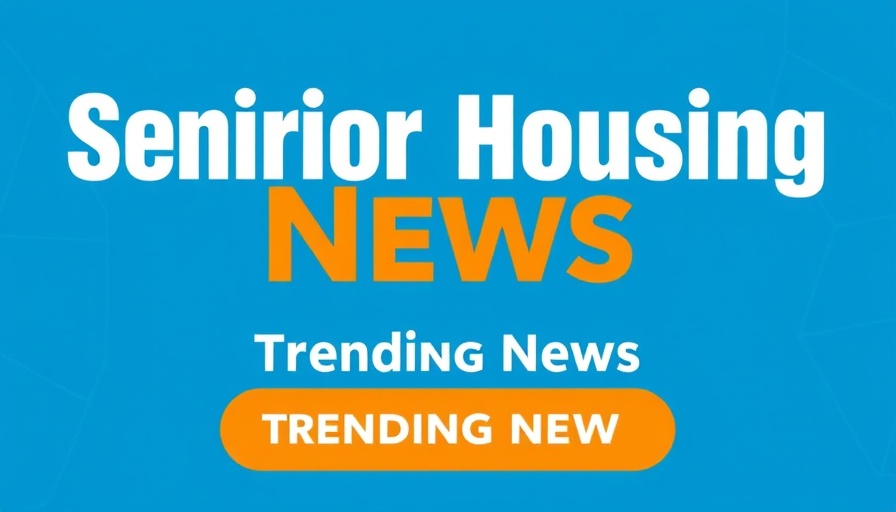
Why the CDC's Struggles Matter to Senior Living
The recent upheaval at the Centers for Disease Control and Prevention (CDC) is sending ripples through the senior living sector. As public health faces destabilizing changes, the implications for independent living and elder care operators become more complex. Health and Human Services Secretary Robert F. Kennedy Jr.'s call for the resignation of CDC director Susan Monarez this week has left public health experts alarmed, raising serious questions about the agency's direction.
Understanding the Impact of Vaccine Uncertainty
Amid discussions regarding the potential withdrawal of the Covid-19 vaccine from the market, the CDC's ability to guide senior living operations is in jeopardy. With new FDA guidelines limiting vaccination recommendations primarily to adults aged 65 and older and those with significant health risks, skilled nursing operators tied to federal reimbursements from HHS may feel a direct impact. On the other hand, most traditional senior living operators, who often rely on private-pay models, might feel insulated—at least superficially. Yet, the influence of public health directives stretches across the sector's fabric, impacting strategies, safety protocols, and ultimately, community well-being.
From Ominous Signs to Heartwarming Optimism: A Shift in Mindset
Flashbacks to 2021 evoke memories of a glimmer of hope as senior living leaders rolled up their sleeves to receive their vaccinations alongside residents and staff. The excitement surrounding vaccinations heralded a new chapter in senior living — a bridge from rigorous restrictions to renewed community life. However, with the emergence of skepticism towards vaccines, there’s a palpable concern that rash decisions from public health leaders could embolden resistance to vaccination, threatening the progress made so far and amplifying concerns about residents' health.
COVID-19: The Unexpected Continuum
Despite feelings of optimism, new Covid-19 cases continue to arise across the nation. The emergence of a new variant, dubbed "Stratus," is leading to increased infection rates in various states. Even as fatality rates have significantly reduced since the pandemic's peak, the ongoing challenges of long-lasting symptoms for survivors persist. With staff calling in sick and residents feeling hesitant about social engagement, Covid remains an unwelcome companion in senior living communities. Operators must navigate potential disruptions while acknowledging that the pandemic is not over, blocking the path to recovery and growth.
Why Senior Living Operators Should Stay Informed
As the turbulence unfolds within the CDC, it’s a crucial moment for senior living operators to remain vigilant. Historically, the CDC has provided essential guidance that facilitated transitions from lockdown to reopening across various states. Given the current instability, the senior living sector should adopt a proactive approach while preparing for potential shifts away from established health protocols. Understanding this evolution is essential for optimizing care delivery and addressing safety in senior communities.
Making Informed Choices in Senior Living
Decisions about independent living can feel overwhelming for families. They must consider costs, strategies, and health coverage options available. Engaging with specialists can streamline this process, ensuring that individuals receive adequate support tailored to their specific needs. With coverage options varying greatly, it's important to educate oneself about the available resources.
In uncertain times like these, making well-informed decisions about senior living is even more crucial. Speak to a specialist today to ensure you have the best health coverage for your situation. Call Terrijo Parker at Integrity Senior Benefits at 231-571-6100. Don't navigate these complex waters alone; get the expert guidance you deserve.
 Add Row
Add Row  Add
Add 




Write A Comment